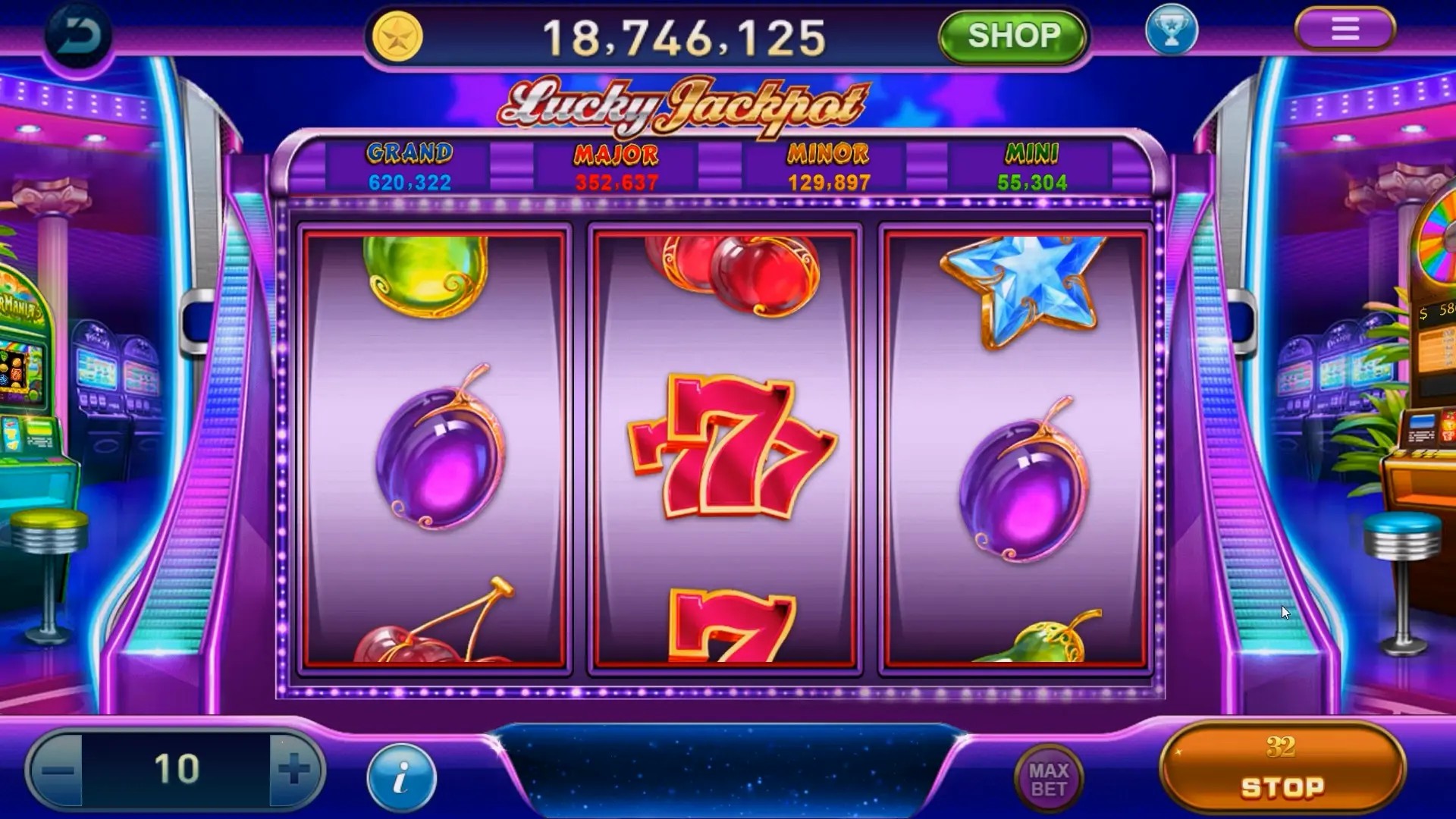Idle Games vs. Real-Time Strategy Games: Which Gaming Genre Captivates Players More?
In the vast and immersive world of gaming, players are often drawn into various genres, each offering unique experiences and challenges. Two standout categories that have gained significant attention are idle games and real-time strategy games (RTS). Each genre speaks to different aspects of player engagement, skill, and narrative depth. This article embarks on a journey into these worlds to uncover which genre captivates players more.
The Allure of Idle Games
Idle games, or incremental games, have carved out a niche for themselves in the gaming community. Their charm lies in the effortless progression and gentle pacing that invites players to engage without the pressures of intense decision-making. Imagine a game where the progress continues even when your hands are away from the keyboard—it's akin to nurturing a garden while sipping tea.
Understanding the Mechanics of Idle Games
At their core, idle games focus on the concept of automated progression. Players often start small, clicking to earn currency, which they then use to upgrade their capabilities. Over time, the game accumulates wealth automatically, creating a sense of productivity without constant input. This mechanic can lead to a feeling of accomplishment akin to a slow but satisfying climb up a mountain.
The Emotional Draw of Real-Time Strategy Games
On the other end of the spectrum lies the realm of real-time strategy games. Herein lies the thrill of warfare, resource management, and deep strategic positioning. Unlike idle games, RTS titles require players to think on their feet. They must build armies, manage resources, and adapt strategies in real time—each match a dance of wits against opponents or AI.
Engagement Levels: Tracking Player Interest
| Game Genre | Engagement Factor | Typical Player Base |
|---|---|---|
| Idle Games | Low to Moderate | Casual Gamers |
| Real-Time Strategy Games | High | Competitive Gamers |
Personality Types and Gaming Preferences
The dichotomy between idle and real-time strategy games often aligns with different personality types. Casual gamers may find more satisfaction in the low-pressure situation presented by idle games, while competitive individuals tend to thrive in the chaos and strategic demands of RTS.
- Casual Gamers: Appreciate relaxation, storytelling, and gradual growth.
- Competitive Gamers: Seek challenges, quick decision-making, and strategic depth.
Best Story Mode Games: Echoes of the Past
While the comparison often rests on mechanics, the story mode in games adds another layer. Players frequently explore narrative depth in games available on platforms like Game Pass. Idle games often forgo intricate storylines, leading the way for RTS titles, which tend to weave rich tales through conflict and historical contexts.
The Fascination with Management and Strategy
Idle games often embrace a management aspect that fosters a different type of player involvement. As players upgrade and optimize their resources, they experience a different form of strategy—the strategy of patience and gradual build-up over frantic real-time decisions.
Relationships and Community Engagement
Moreover, the community aspect plays a vital role. Idle games often offer forums and Discord channels where players share tips on resource optimization. In contrast, RTS games thrive on competitive play, with elaborate tournaments that create vast communities of strategists sharing hacks and insights, all while striving for supremacy in multiplayer realms.
Idle Games: The Implementation of Artistic Elements
Many idle games embrace charming artwork and soothing music, drawing players into their realms. This artistic representation often evokes nostalgia and may remind players of simpler times in gaming. It's common to find players who leave these games running in the background, feeling a sense of calm while receiving incremental rewards over time.
Competitive Scene and Events in RTS Games
Conversely, RTS games host numerous competitive events, with eSports platforms showcasing top-tier talent. Players invest countless hours honing their skills, leading to intense showdowns that thrill fans across the globe. Such events not only spotlight player skills but also foster camaraderie among participants and viewers alike.
Conclusion: Captivating Players with Different Lenses
Ultimately, the question posed at the beginning—which gaming genre captivates players more?—isn't easily answered. Idle games offer a pleasant retreat, allowing players to enjoy a sense of accomplishment at their own pace. In contrast, real-time strategy games cater to those who thrive amidst challenges and rapid strategies.
In this dance of pixels and narratives, each genre has its charm and distinct audience. Perhaps it is in the balance of relaxation and spirited strategy that the future of gaming truly lies, inviting players to explore both worlds, and crafting a unique path through the landscape of digital entertainment. In the end, may every player find joy in their chosen experience, whether it be through cultivating gardens of idle wealth or ruling empires with cunning and skill.



